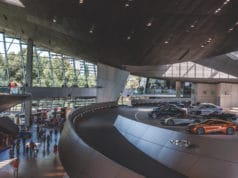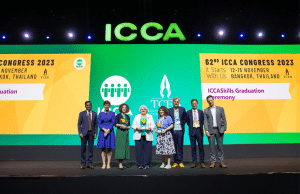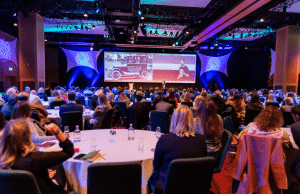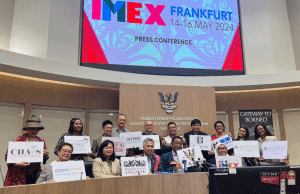Incentive travel is considered to be a powerful tool for rewarding and motivating participants to attain exceptional levels of achievement in their places of work or education. Like other segments in the tourism industry, incentive travel is highly vulnerable to environmental change that could affect the businesses in the near future. It is understood that managers’ perception of environmental change influences to a large extent the formulation and implementation of business strategies.
A study of Xiang and Formica (2007) examines how managers in the incentive travel industry perceive environmental change and accordingly formulate business strategies. Using the cognitive mapping technique, managers’ perceptions of their competitive environment and important strategic issues related to incentive travel businesses were identified.
The following aggregate maps were created to represent managers’ perceptions of strategic business issues. The first map illustrates executives’ perceptions of emerging incentive travel destinations.
Emerging destinations refers to those that are becoming popular incentive travel destinations for the US market. These are Asia, Caribbean, Latin America and Mediterranean, including the Balkan region. Hence, the incentive travel executives identified the region of South East Europe as an emerging destination gaining popularity and attracting incentive travellers. The region presents a growing competition to the existing destinations such as Hawaii, Cancun, and Tahiti.
The attractiveness of emerging destinations is perceived as determined by a number of factors, including travel budget, security issues, demand of group travel and hotel infrastructure. The level of service and technology development also determines whether a destination can attract incentive travellers. Travel budget and security issues are becoming increasingly important for destinations given the political and economic changes in recent years.
The second map represents the decision makers’ perceptions of environmental trends that impact incentive travel businesses. The map can be roughly partitioned into three layers. The outmost layer represents incentive travel businesses’ remote environments, such as economic/political, socio-cultural, new management and technological environments. The middle layer shows the consequences or impact of these forces, while the centre includes nodes representing issues related to the operational environment of incentive travel businesses such as corporate spending, new customer and managerial changes.
As an economic force, economic downturn leads to less corporate profit, more interference and pressure from stockholders and the press, more government mandate and corporate self-regulation, which cause less corporate spending on incentive travel. Ability to travel and demographic changes are identified as two major socio-cultural forces which lead to globalization of travel, the emergence of savvy travellers, diversity of society and more women in the workforce, all of which contribute to the emergence of new customers in a sequential order. Information technology is the force in the technological environment that causes lower labour cost, higher ease of transaction and provides more information channels for incentive travel businesses. The new management force leads to issues such as difficulties in decision making and communications and ultimately requires managerial changes.
The map indicates that some of these environmental trends are interrelated and overlapping. For example, the decrease in the cost of travel by air (an economic trend) boosts individuals’ ability to travel (a socio-cultural change), which in turn, leads to the globalization of travel and the emergence of savvy travellers.
Trends in the economic, political, socio-cultural, technological and new management environments are considered more important than those in the ecological environment, which was not mentioned at all throughout the discussion. Furthermore, decision makers tend to focus on the issues that would have an immediate impact on their businesses, such as how to satisfy the needs of new customers, how to cope with the cut-down in corporate spending and how to handle managerial changes.
Most of the identified environmental trends are largely seen as a threat by decision makers. Except for information technology, other concepts such as corporate spending, diversity of travel need, difficulties in decision making and communications, are often framed as problems. As one manager commented: “You have a nanosecond to provide pricing and quotes to a person who has nothing to do with travel but perhaps will make those decisions…”. Indeed, paced environmental change requires organizations and individuals to continuously adapt to forces that drive change.













